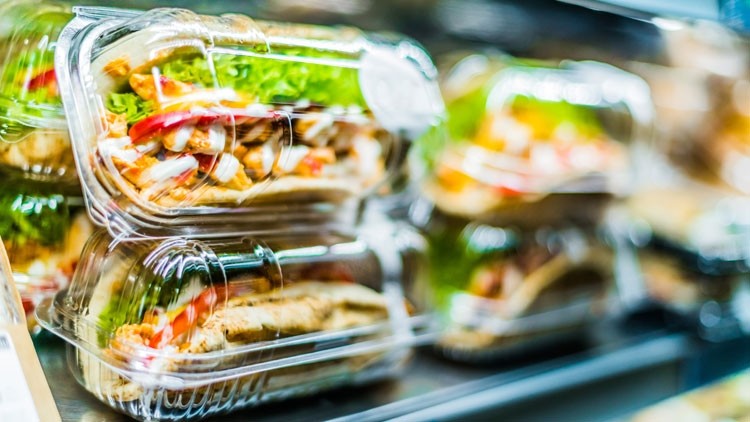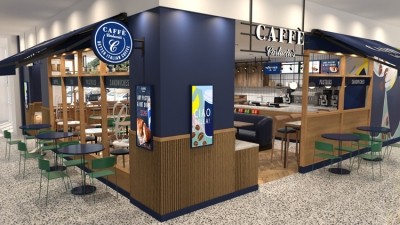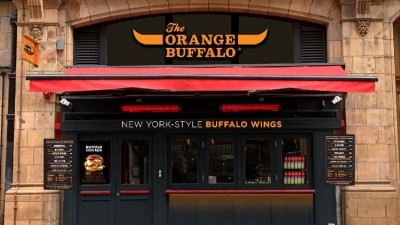UK food to go market suffers significant decline in 2020

According to the new UK Food To Go Market Report 2021, the space is forecast to grow this year as restrictions ease by 31.6% to £15.3bn, which represents 72% of its 2019 value.
Wider recovery and growth will see the segment reaching a value of £22.6bn in 2024, the report adds.
“The sudden shift from a highly transient, on-the-go society, to one with restrictions placed on movement had a significant negative impact on the UK food to go market in 2020, with much trade diverted to other routes to market such as delivery," says Katherine Prowse, insight manager at Lumina Intelligence.
"However, buoyed by the easing of restrictions and the swift vaccine rollout, we will see a resurgence of the market in 2021, before a full recovery to pre-pandemic sales levels by 2024.”
Less restriction exposed and low-ticket channels are best placed for recovery with convenience store grab and go, supermarket grab and go, sandwich & bakery and travel all expected to recover more swiftly, to over 74% of their pre-pandemic value in 2021.
The report identifies that some of the shorter-term challenges for the sector will evolve into longer term opportunities, spearheaded by shifts in the way that consumers interact with food to go:
In the next few months, as social restrictions ease, food to go is well placed to capitalise on the outdoor socialising occasion, with 21% of consumers saying they are likely to purchase food to-go and eat it in a park in the future.
This figure rises to 38% for 18 to 24-year-olds.
Operators including Pizza Pilgrim’s, German Doner Kebab and Megan’s Restaurants have already begun to develop propositions that offer portable, picnic-style meal solutions.
A third (34%) of consumers are planning to work from home in the future, with over half of this proportion bullish in their preference for a high proportion of their workdays to be spent at home.
Food to ‘go home’ is a particular focus, with operators including Costa, Pret A Manger and Marks & Spencer already targeting this occasion with new products featuring clear heat-at-home instructions.
Coffee has dominated food to go drinks occasions lately, enjoying a 50% share of total drinks consumed over the last four months. Reflecting the increase in socialising in outdoor spaces, younger consumers are the most active on coffee walks, with almost one in four having picked up the habit of purchasing a hot drink to go when on a walk with a friend since March 2020.
The Top 10 food to go channels can look forward to a £1.1bn sales opportunity between 2022 and 2024, with sandwich & bakery and coffee shop/café segments poised to lead in absolute terms; underpinned by physical outlet growth, a core focus on takeaway/to-go and continued consumer aligned new product development.
Convenience store grab-and-go remains the largest food to go sub-channel, but its contribution to growth will fall as it comes under increased pressure to compete with dedicated food to go specialists.
“Retail-led food to go channels that are less exposed to tight restrictions and offer low-ticket solutions are best placed to recover quicker," adds Prowse.
"However, operators and retailers will be forced to adapt. The continuation of home and hybrid work patterns for many and the rise in outdoor socialising will result in changes to the ways in which consumers will interact with food to go.
"Portable food to go solutions will strike appeal with consumers meeting friends/family in parks, whereas a shift in focus on food to ‘go home’, will provide a relevant solution to those home working.”

















